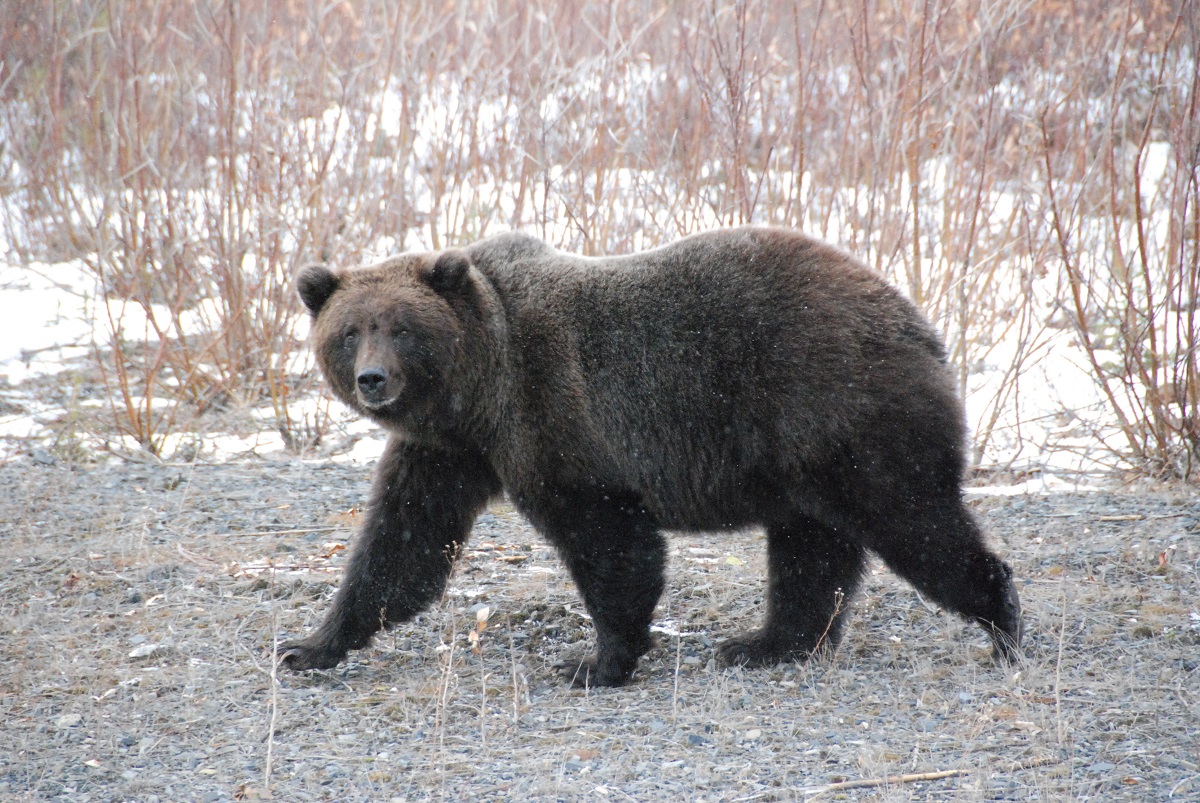
Name
- Common name: Grizzly Bear
- Scientific name: Ursus arctos
- Order: Carnivora
- Family: Ursidae
Also known as
Brown Bear, Aklaq
Viewing opportunities
- The Dempster Highway, the Atlin Road, the Haines Road or the Alaska Highway near Kluane Lake are the most likely places for roadside viewing of Grizzly Bears.
- River travellers in the early spring and late fall have the highest chances of seeing a Grizzly Bear.
- Hiking in the alpine habitat where the vegetation is sparse and long distance views are common allows you to see Grizzly Bears from a safe distance. Kluane National Park and Ni’iinlii Njik Territorial Park are good areas for bear viewing.
- Conduct viewing responsibly and respectfully.
Description
- Generally brown coloured fur but can range from near black to silver-blonde.
- Lighter tips of the long guard hairs gives the bear a “grizzled” appearance.
- Side profile of the face has an upturned nose or “disk” shape.
- Characteristic hump on the shoulders.
Fast Facts
- Length: 1 to 2.8 metres
- Weight: 155 kilograms (male), 95 kilograms (female)
- Lifespan: 20 to 30 years
- Predators: Humans
- Habitat: Boreal Forest, Mountain Alpine, Arctic Tundra
Conservation status
- Yukon: S3 (Vulnerable)
- Global: G4 (Apparently Secure)
Yukon population estimate
6,000 to 7,000.
Behaviour
The life of a Grizzly Bear revolves around an intensive search for the most nutrient-rich foods it can find. It will spend winter in a den before emerging in spring to search for food. Yukon Grizzly Bears have a very low rate of reproduction. They breed for the first time around their 8th year and reproduce every 3 to 4 years.
Food
Roots, berries, grasses, sedges, horsetails, moose, caribou and small mammals.
Distribution
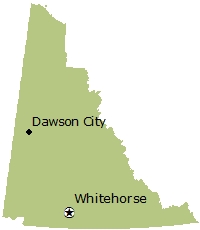
Sights and sounds
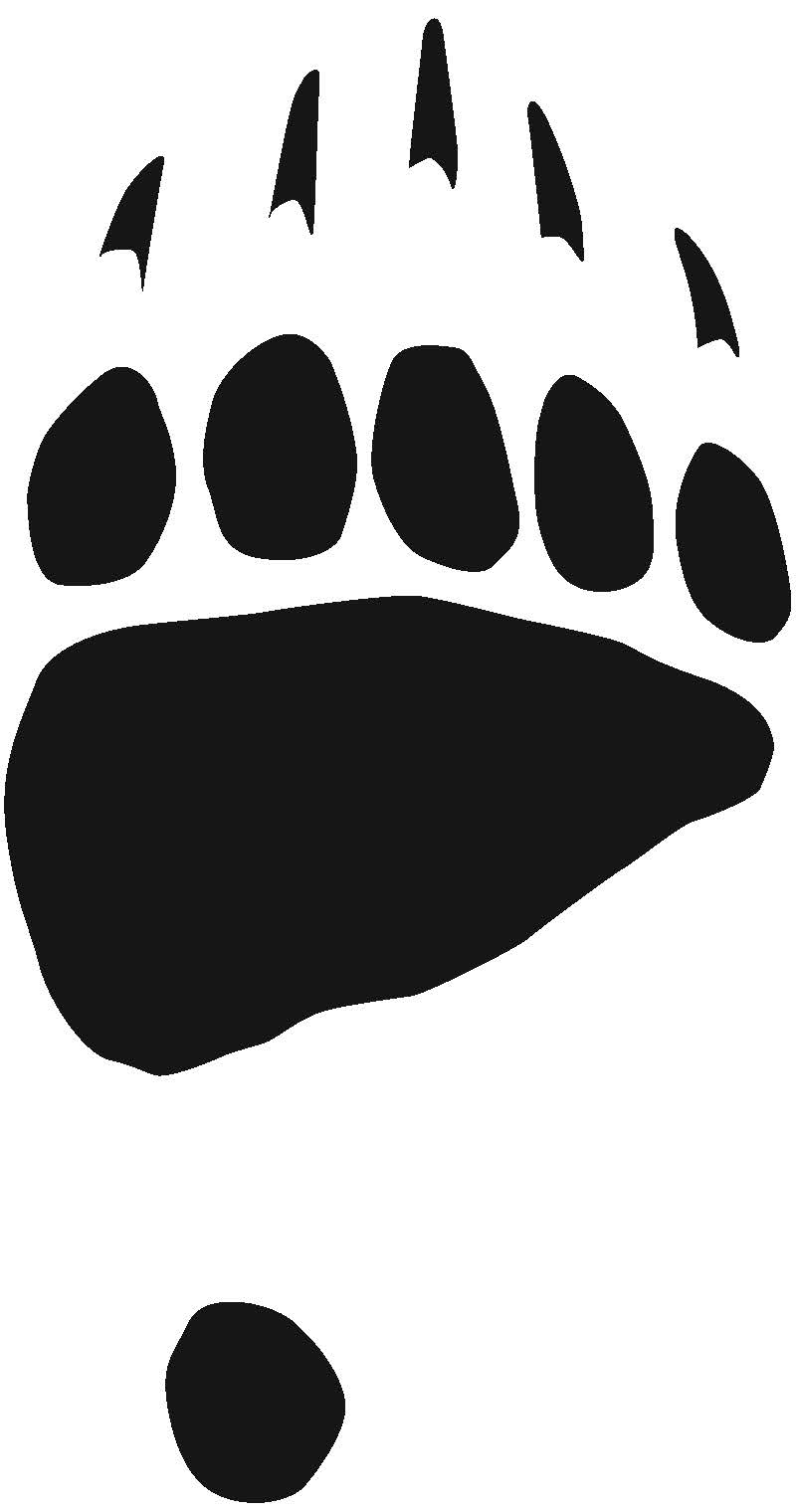
Grizzly bear track, front: 12.4 x 13.9 cm.
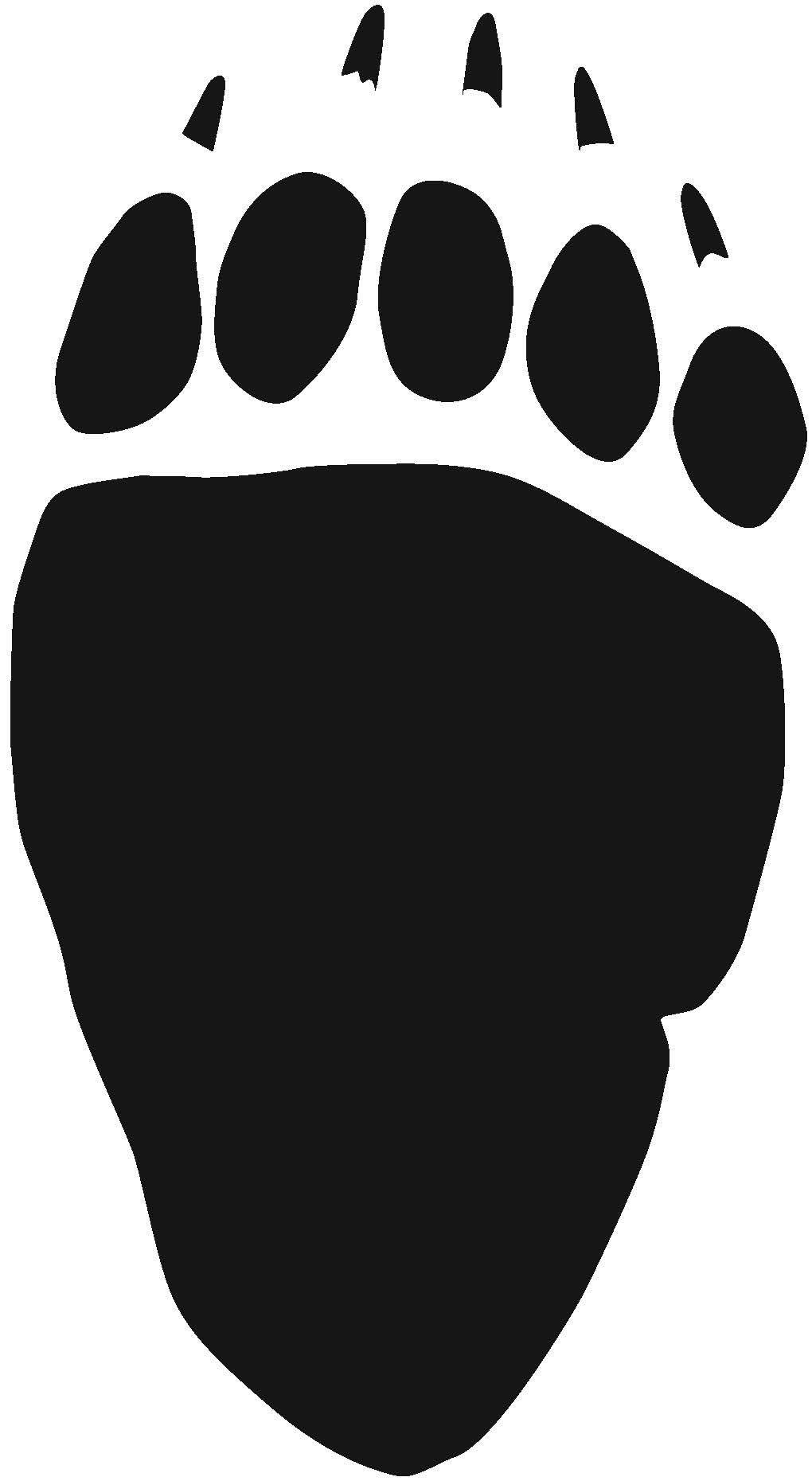
Grizzly Bear track, hind: 21.6 x 13.2 cm.
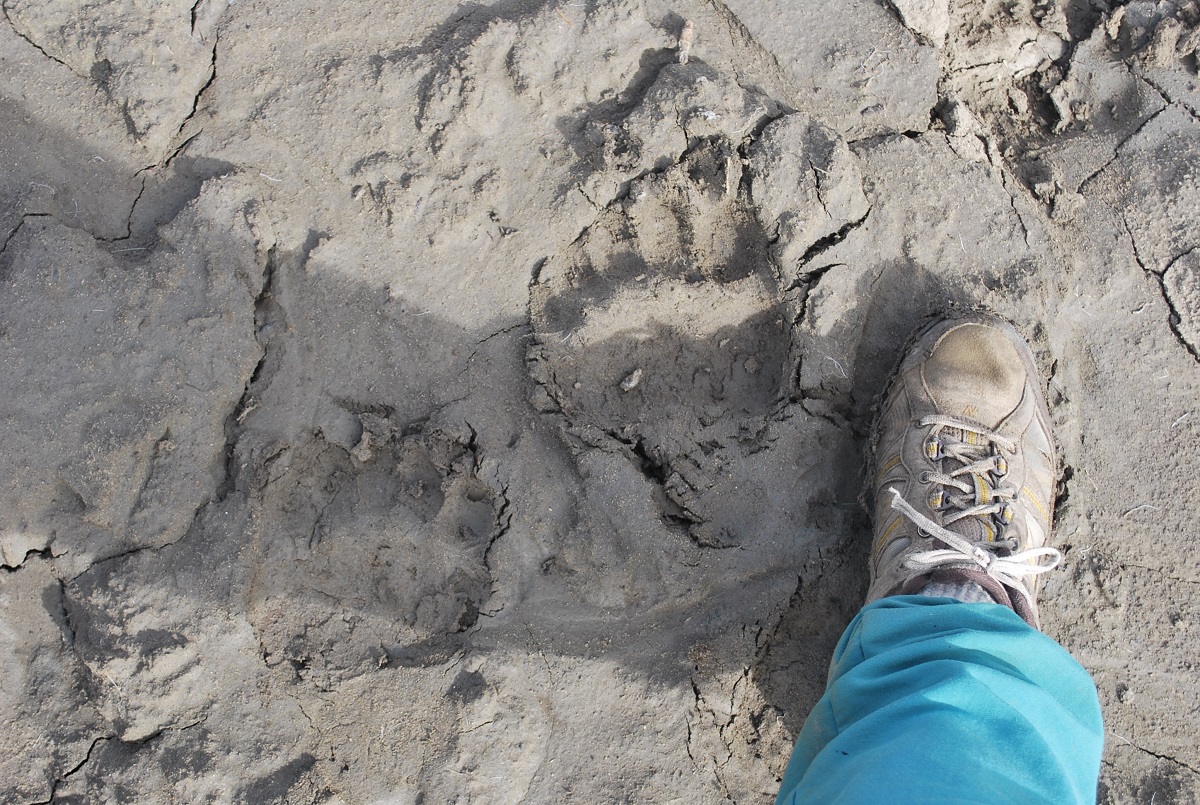
Tracks in the mud.
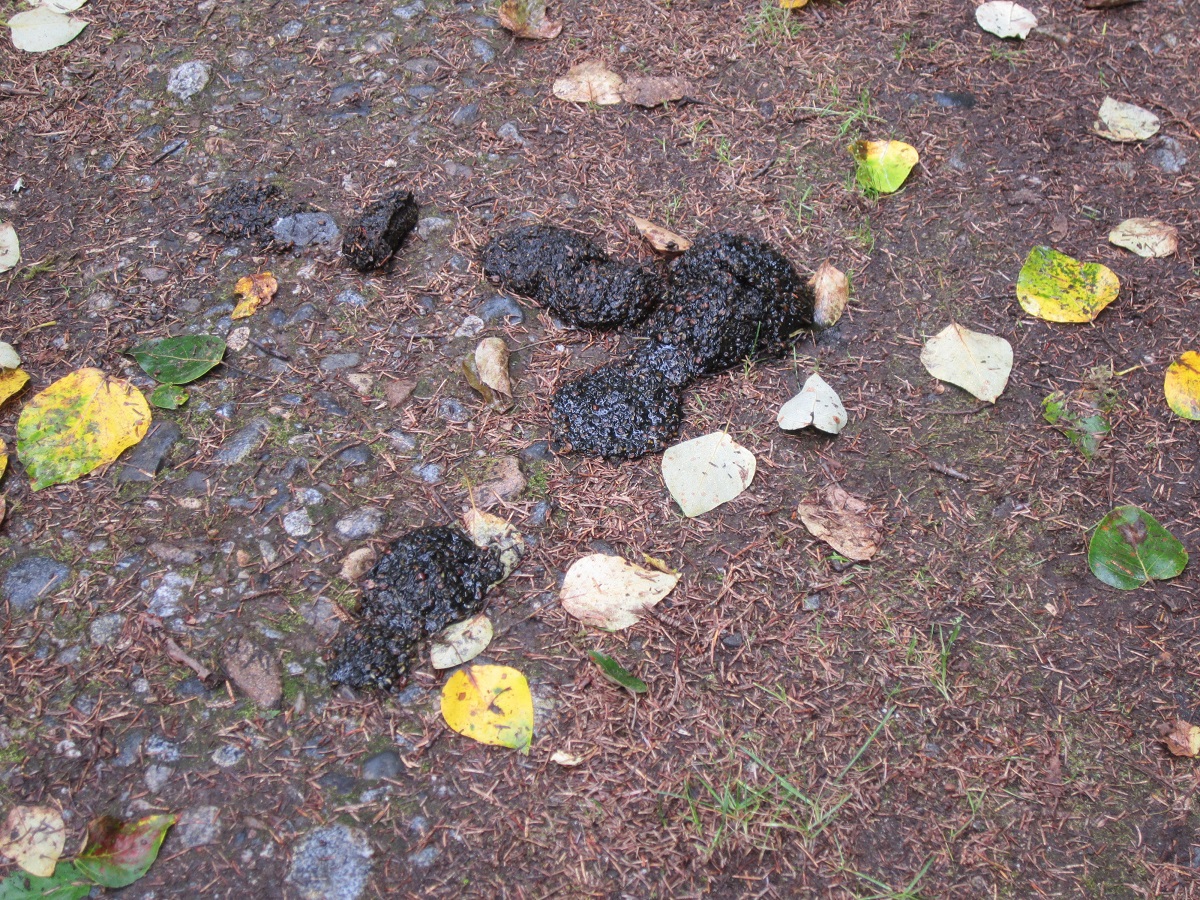
Grizzly Bear pile: 15.5 x 3.8 cm.
Bears and people
- Grizzly Bears were an important part of the culture of Yukon Indigenous Peoples prior to European contact. Many hunted them, used their claws and skins in ceremony and wove the Grizzly Bear into their dances, myths and legends.
- Bears are a major consideration for all Yukoners when going outdoors, staying at a cabin or camping for the weekend. Carry bear spray even close to the city, as bears are found in a variety of habitats.
- Keep all garbage and food waste in a secure way or bears will be attracted by the possibility of a free meal.
Management plan
Read the final conservation plan for grizzly bears (Ursus arctos) in Yukon.
Read supporting information for the plan.
Reports
- DNA capture-recapturepopulation survey of black and grizzly bears in the Beaver River watershed, Yukon (2022)
- Review of Grizzly Bear monitoring and mortality management in the Yukon (2022)
- Grizzly Bear population in the Southern Lakes region 2012–13: Final report on population analysis (2017)
- Yukon North Slope Grizzly Bear population estimation and demographic analysis (2016)